
Try before you buy. That’s the advice bike saddle buyers have heard for years, and in an ideal world it’s definitely the way to go. However, unless your local bike shop has a wall full of saddles and a generous return policy, the next best thing is to measure your sit bones and choose a saddle that’s your size. But how do you know how wide your sit bones are?
There are a couple good methods you can use at home to estimate your sit bone width, and knowing this number can help you narrow down the right saddle fit. If you’ve got time we recommend using more than one method to confirm.
What is a sit bone?
Your sit bone, formally known as the ischial tuberosity, is “the V-shaped bone at the bottom of the pelvis that makes contact with a surface when a person is sitting down,” according to Dictionary.com. If you’ve ever sat on a hard seat for a long time you’re no doubt familiar with these pokey bones that transfer body weight from our skeleton through muscle and skin to the surface.
Bike saddles are designed to provide optimal support to sit bones for maximum comfort. Too narrow and sit bones are totally unsupported, causing the rider undue muscle and tissue stress. Too wide and sit bones can rest awkwardly on the edge of the center channel where saddles offer little to no padding.

How to measure sit bones using cardboard
This is both the most low-tech, and also the most accurate at-home method because you don’t need a fancy sit bone measurement tool. Grab a flat piece of corrugated cardboard — you know, from one of your countless online purchases — and place it on a flat surface. Sit down on the cardboard, and really settle in so your sit bones make an indentation. You can even pull up on the chair to really press your butt and sit bones into the surface.
Hop up and use a pen to circle the indentations. Mark the approximate centers with a plus sign, and use a ruler to get the distance between the center marks. Most sit bone and saddle width measurements are given in millimeters so convert from inches to make it easier to shop. I keep a spreadsheet with all my measurements for future use.
Things to watch: Make sure your clothing isn’t giving a false result; for example, jean rivets poking the cardboard instead of your sit bones. A firm chair works best, so don’t bother trying to do this test on the couch. If you’re not sure if you did the test right, grab a fresh piece of cardboard and do it again just to make sure.
The cardboard sit bone test works similarly to the high tech, pressure sensitive tools and devices saddle brands have at their disposal so the results are generally quite accurate.

How to estimate sit bone width indirectly
Beyond direct measurement, there are a couple other methods for estimating saddle size and sit bone spacing.
WTB has developed the Fit Right system to estimate widths for men and women based on wrist size. Their free online tool shows you how to measure your wrist and asks questions about your riding style, body shape, and padding preferences. I found the WTB result to be pretty close to my cardboard sit bone test, though my wife Leah’s WTB estimate came in much lower than her actual. One thing we found is that selecting a “Leisure” riding position vs. “Performance” significantly increases the width estimate.
Taking riding position into account, SQLab explicitly recommends adding up to 40mm to your sit bone measurement in their saddle sizing system. Specifically, for a typical mountain biking position they suggest adding 20mm.
Ergon uses another set of measurements if you don’t know your sit bone width — height, weight, and hip circumference — to recommend the right saddle fit. The Ergon tool doesn’t provide an exact number, but it does give a range that can help you determine if you’re on the left or right side of ‘medium.’ Again, the results I got seemed pretty accurate but for Leah they were not, underestimating by a fairly significant amount compared to the cardboard test.
Things to watch: It’s tempting to equate body shape and size with sit bone measurements, but according to experts there’s no correlation. In a podcast interview about bike saddles, WTB Saddle Category Manager Sean Madsen told us, “One of the widest people I’ve ever measured, at 165mm apart [sit bone measurement], was an elite female runner that had this boyish figure of like a 12-year-old boy. So very slender, very narrow, but her sit bones are very wide. I’ve also measured NFL football players that were massive individuals that had sit bones that were around 90mm, that were very narrow. So you really can’t tell.”
Also remember that these tools provide an estimate, and not an exact measurement of your sit bone width.

How do I use my sit bone width to find the right saddle fit?
Every brand provides slightly different information when it comes to saddle width. Some like WTB offer a range of sit bone widths for each size, while others like Velo simply report the overall width of the saddle. In the case of the latter, be sure your sit bone width is narrower than the width of the saddle by at least 15mm to ensure you’re not right on the edge, or worse, your sit bones are unsupported.
| Brand | Size | Sit bone width |
| WTB | Narrow | 69-101mm |
| WTB | Medium | 102-130mm |
| WTB | Wide | 131-155mm |
| Ergon | S/M | 90-120mm |
| Ergon | M/L | 120-160mm |
If after purchase you find that a saddle is uncomfortable even though it’s the right size, check to make sure you have the saddle positioned appropriately. For example, if the saddle is installed too far back away from the bars, your sit bones could be resting closer to the nose of the saddle where it narrows. The saddle angle can cause similar problems if the tilt causes you to slide toward the front or back of the saddle and away from the widest spot where sit bones are supposed to rest.
Looking for a saddle recommendation? Take a look at our guide to the best mountain bike saddles.





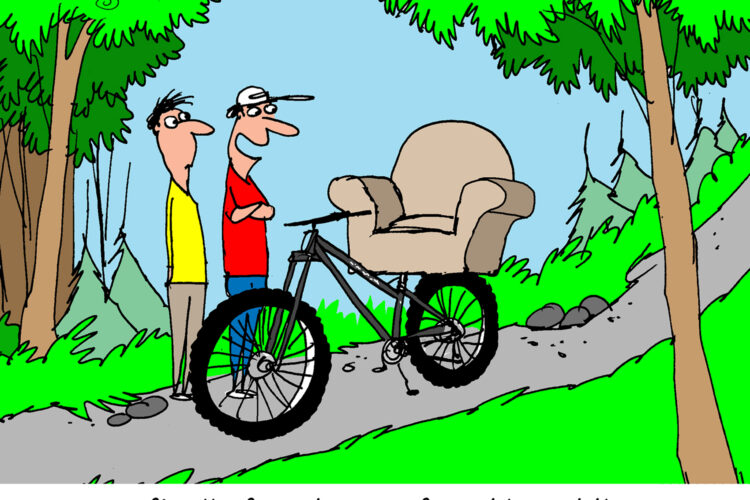
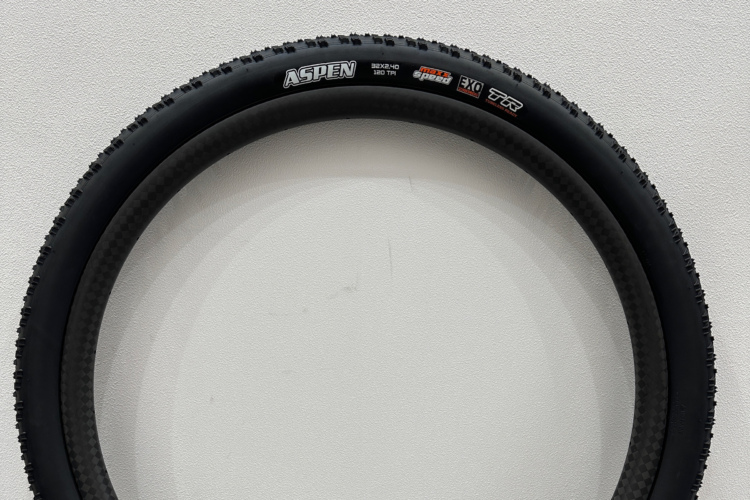
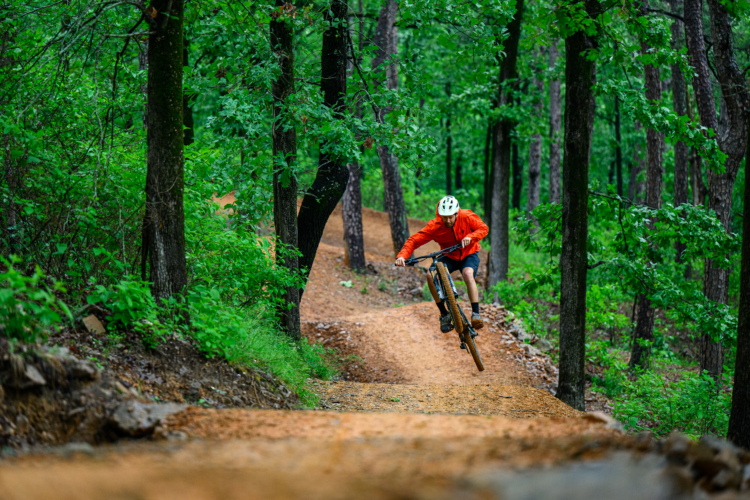
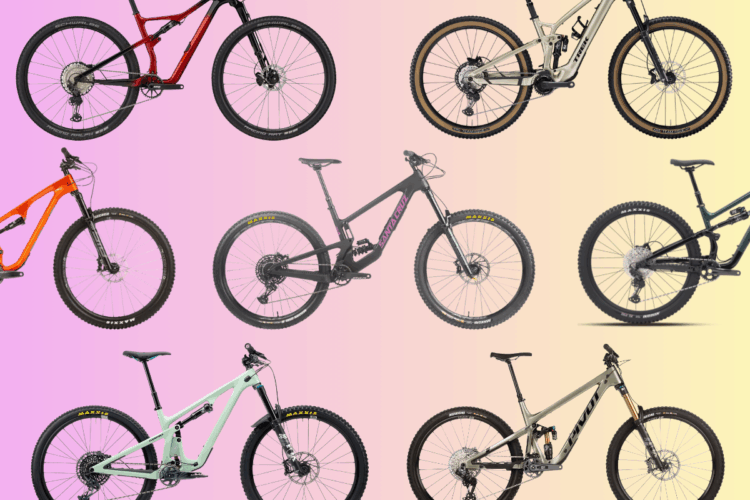
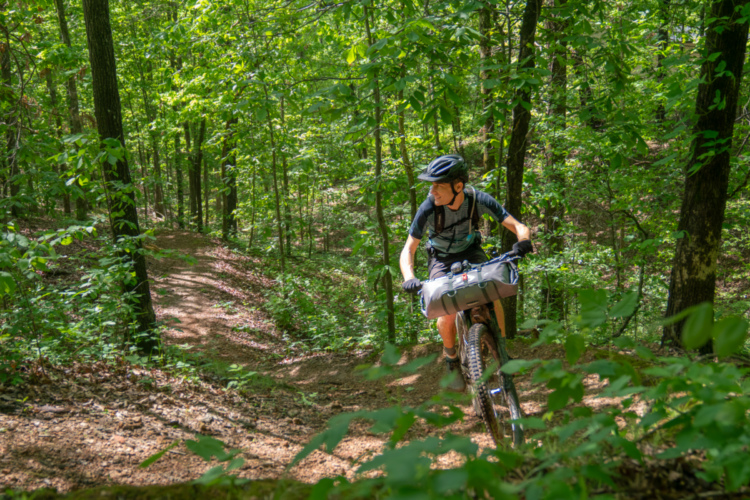

3 Comments
Dec 18, 2022
I just bought an SQLabs saddle and it is a noticeable difference. THE best saddle I've ever owned. I'm 6'2" and there was a time I was at 200 lbs- race weight, in my late 30s. Now I'm 55 and on the mucho mucho heavier side. The SQL saddle has three different removable inserts (grommets?) at the end of the seat to fit your weight or preference. It has a very slight rocking motion to offset any variance in leg length or what have you. It's not noticeable, just comfortable. Pricey, but definately worth trying.
Remember in the late 90s that Urologist that said people should stop cycling, or face permanent ED issues? Perriniel nerve damage, or something close. The cycling industry responded by making cut outs in key areas to relieve pressure in certain areas. Go get fit at a bike shop. Most reputable bike shops can conduct this test on the spot.
SQLabs got it right.
Dec 17, 2022
Dec 26, 2022